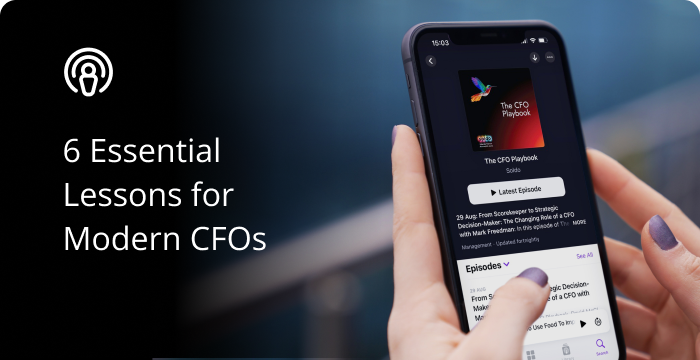How to simplify subscription management (part one)
The last few years have seen an explosion in business spend on subscriptions, predominantly on SaaS software.
Companies are using cloud-based software tools for a growing number of business applications, including CRM, accounting, marketing, infrastructure and operations. Typically enterprise-level organisations with 200 to 500 employees will have 123 SaaS subscriptions. And by 2023, it’s predicted that up to 86% of businesses could rely entirely on SaaS tools.
It’s easy to see why SaaS is so popular. Its cloud-based nature means you are always using the latest version of software, and unlike desktop, it doesn’t require expensive and time-consuming updates. Additionally, it’s secure and flexible and can be scaled up and down (i.e. by usage or number of licences) in line with your growth trajectory. The shift to hybrid working has also been a major contributor for taking on more software subscriptions as this helps them run operations remotely.
However, while using SaaS has many advantages, it can cause CFOs and finance teams many issues. This includes lack of control, duplication of licences and poor visibility on spend. These can be managed effectively if companies put in place subscription management systems with spend management platforms.
Lack of control
Company subscriptions tend to be taken out on corporate cards. This makes it difficult for CFOs to approve requests and means they only become aware of them after they have taken place.
Subscription services tend to roll forward on a renewal basis unless individuals specifically cancel them. This can result in huge wasted spend as licences may no longer be being used but irrespectively will still be charged each month on corporate cards.
This is supported by a 2018 study which shows that 71% of businesses had at least one orphaned subscription, defined as an active subscription with no billing owner. Over time this can add up to significant wasted spend that could have been deployed more effectively in the business.
This also creates a security risk. If orphaned accounts remain active and departed employees still have access, there is the risk of sensitive company data becoming misappropriated. This can become even more of an issue if these employees move to competitors.
Duplication of licences
It’s common to rack up fees for duplication of subscription licences. This can occur due to new employees taking out fresh licences rather than being reassigned orphaned accounts from recently departed staff.
Additionally, functions or teams may take out subscriptions for more than one vendor in the same category. For example, the operations team may have subscribed to an additional workflow management tool due to perceiving a recent entrant to the market as having superior functions. Alternatively, they may have found the first solution they subscribed to did not deliver on its promised benefits.
Research shows that duplicate subscriptions grow as companies scale in size, with companies of up to 50 employees typically having one duplicate and companies with over 1,000 staff members having 12 duplicates.
Poor visibility on spend
Subscription management via corporate cards also results in poor visibility of spend.
Finance leaders only see spending retrospectively in line with corporate card statements and supporting invoices delivered at month end. This lack of real-time data means you cannot business partner across their organisation and advise how subscription spend should be optimised. This also impacts their ability to put together accurate forward-looking forecasts and cash flows.
Visibility is also impaired by subscriptions at small businesses often going onto a single corporate card shared across the entire organisation. This restricts the ability of CFOs to track how different departments are performing against their own budgets.
How to simplify subscription management
Spend management platforms like Soldo, comprising of prepaid and virtual cards, a management dashboard and an employee expenses app, take the sting out of subscription management.
In the second part of this post, we’ll dig deeper into how Soldo gives finance teams full control and visibility on subscriptions while allowing employees to make SaaS purchases to perform their roles and empower their companies to scale up and reach their goals.







